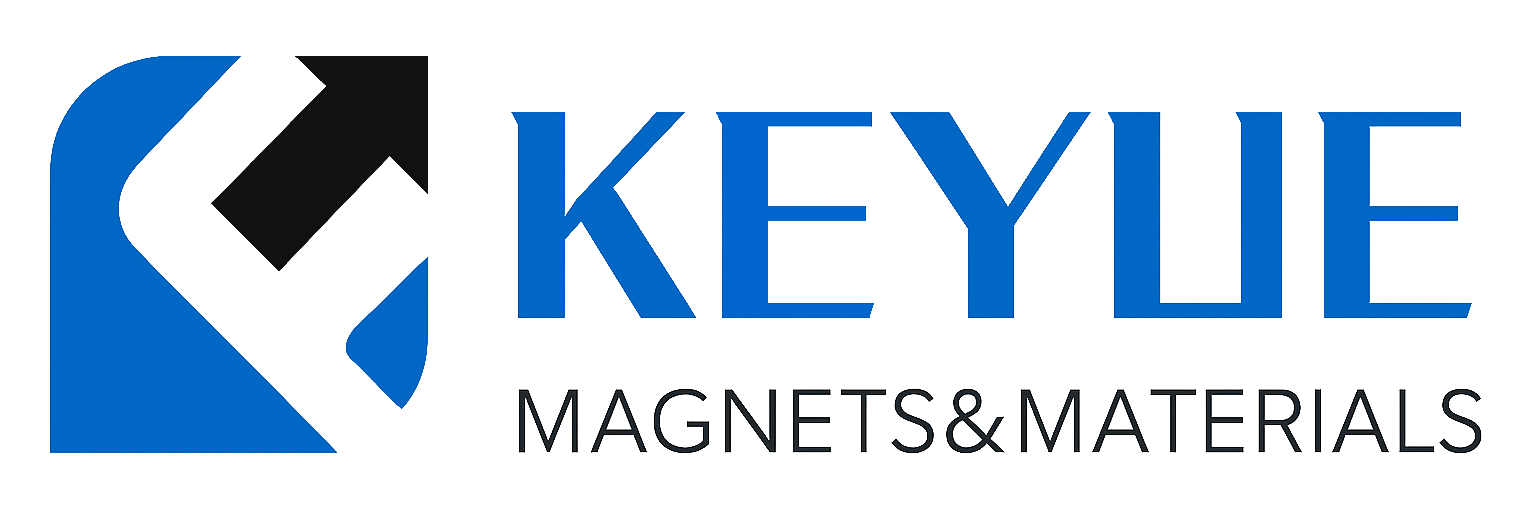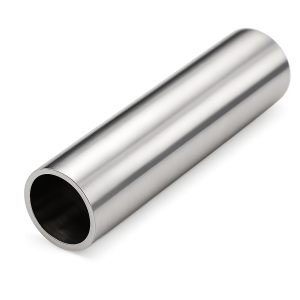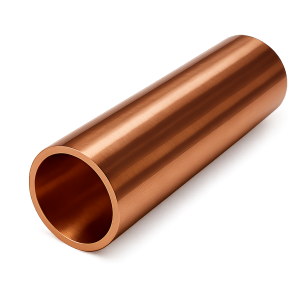描述
钨管(W Tube)
产品简介
钨管(W Tube)是一种由高纯钨(Purity ≥ 99.9%)制成的难熔金属管材,具有极高的熔点(3420°C)、优异的热导率和抗蠕变性能。钨在真空与惰性气氛中化学稳定、蒸气压低、强度高,是高温及真空系统中不可替代的关键材料。
高纯钨管广泛用于真空设备、半导体工艺、光学镀膜、高温炉及航天工程中。
产品详情
苏州科跃材料科技有限公司生产的高纯钨管采用冷等静压(CIP)—真空烧结—热等静压(HIP)—精密机械加工工艺制备,晶粒细密、表面光洁、结构致密。产品符合 ASTM F288、GB/T 4181 等标准,可提供纯钨(W)及掺钾钨(W-K)版本。
典型规格:
-
纯度等级:99.9%、99.95%、99.99%
-
外径范围:3 – 100 mm
-
壁厚范围:0.5 – 8 mm
-
长度:≤2000 mm(可定制)
-
制造工艺:CIP + 真空烧结 + HIP + 精加工 + 抛光
-
表面状态:银灰色金属光泽 / 抛光 / 去氧化膜
钨管具备极高的耐热与抗变形性能,在超高温条件下仍能保持结构稳定,是科研与高温工业中理想的结构材料。
应用领域
钨管在以下领域中发挥重要作用:
-
真空与电子设备:用于加热元件、电子枪套管及导流管。
-
半导体与镀膜系统:PVD、CVD设备中的导管与电极结构。
-
高温炉与热屏蔽系统:用于反应管、隔热罩与支撑件。
-
航空航天:用于耐热喷嘴、推力腔体与防护结构。
-
科研与材料实验:高温反应腔与蒸发源组件。
技术参数
| 参数 | 典型值 / 范围 | 说明 |
|---|---|---|
| 纯度 | 99.9% – 99.99% | 高纯度确保真空与高温稳定性 |
| 密度 | 19.3 g/cm³ | 接近理论密度,结构致密 |
| 熔点 | 3420 °C | 金属中最高熔点之一 |
| 热导率 | 173 W/m·K | 优异导热性能 |
| 电导率 | 18 × 10⁶ S/m | 良好导电性能 |
| 抗拉强度 | ≥700 MPa | 高温强度出色 |
| 热膨胀系数 | 4.5 × 10⁻⁶ /K | 热稳定性高 |
常见问题(FAQ)
| 问题 | 答案 |
|---|---|
| 钨管能承受多高温度? | 可在2800°C以上真空环境下长期使用。 |
| 是否可用于真空系统? | 是的,钨蒸气压极低,非常适合UHV系统。 |
| 是否具磁性? | 无磁性,适用于磁场敏感环境。 |
| 可否焊接? | 可采用电子束焊、钎焊或真空焊。 |
| 是否可电抛光? | 可提供镜面抛光或酸洗表面。 |
| 是否可制成薄壁? | 可定制壁厚0.5 mm的高精度薄壁管。 |
| 是否附带检测报告? | 提供纯度、密度与尺寸检测报告。 |
| 是否支持小批量? | 可提供科研样品与批量供货。 |
| 能否与其他金属复合? | 可提供W-Re、W-Cu、W-Ni等复合版本。 |
| 是否符合出口标准? | 符合ASTM与RoHS标准,支持国际运输。 |
包装与交付
每根钨管出厂前均经真空退火与纯度检测。产品采用真空密封包装、防震泡沫与出口级木箱,确保运输安全与表面洁净。提供RoHS、REACH、COC及材质分析报告。
结论
钨管(W Tube)以其极高熔点、优异的导热性和真空稳定性,被广泛用于科研、高温和电子工业。
如需了解更多技术参数或获取报价,请联系:sales@keyuematerials.com

.png)
-300x300.png)


评价
目前还没有评价